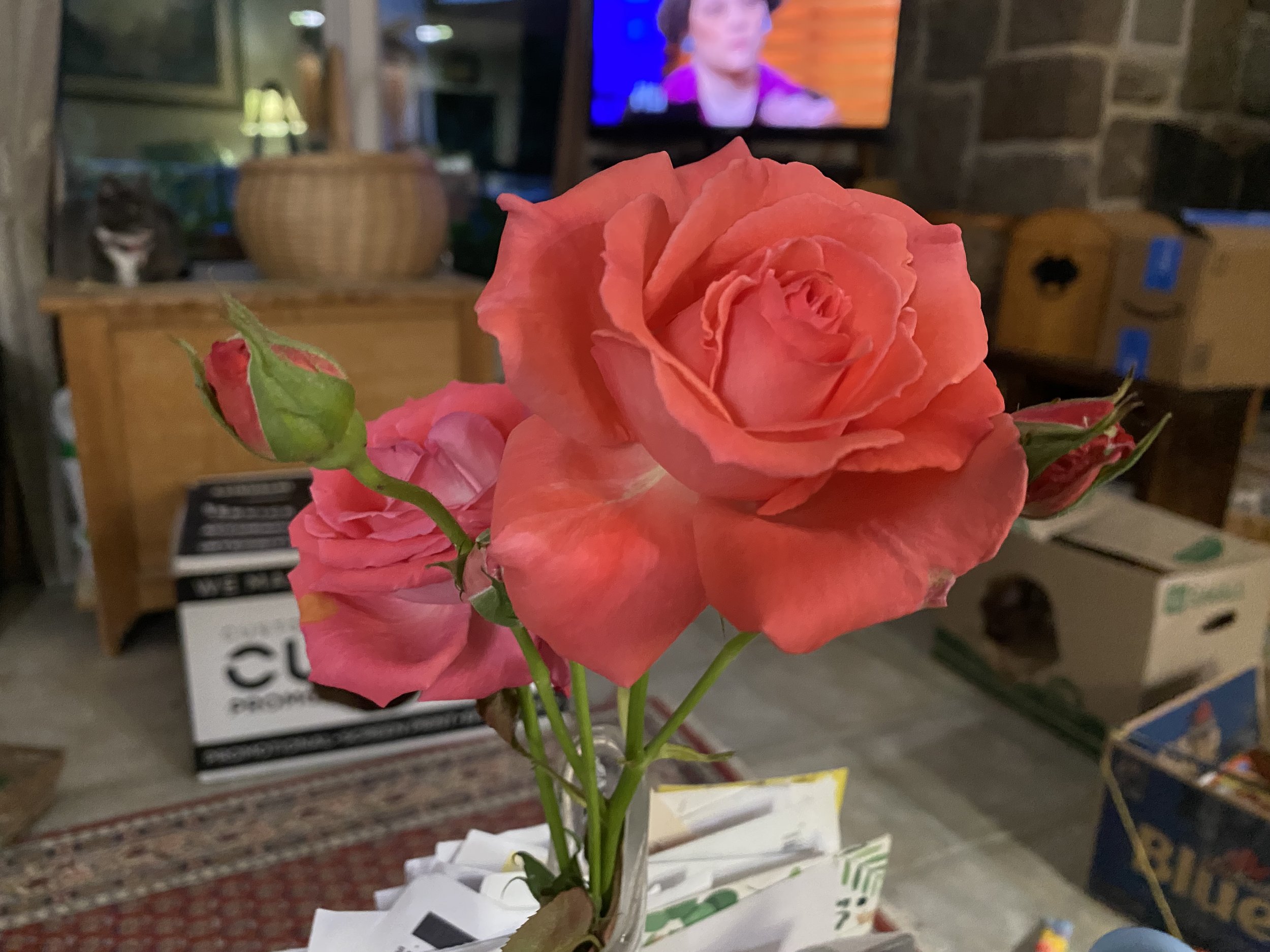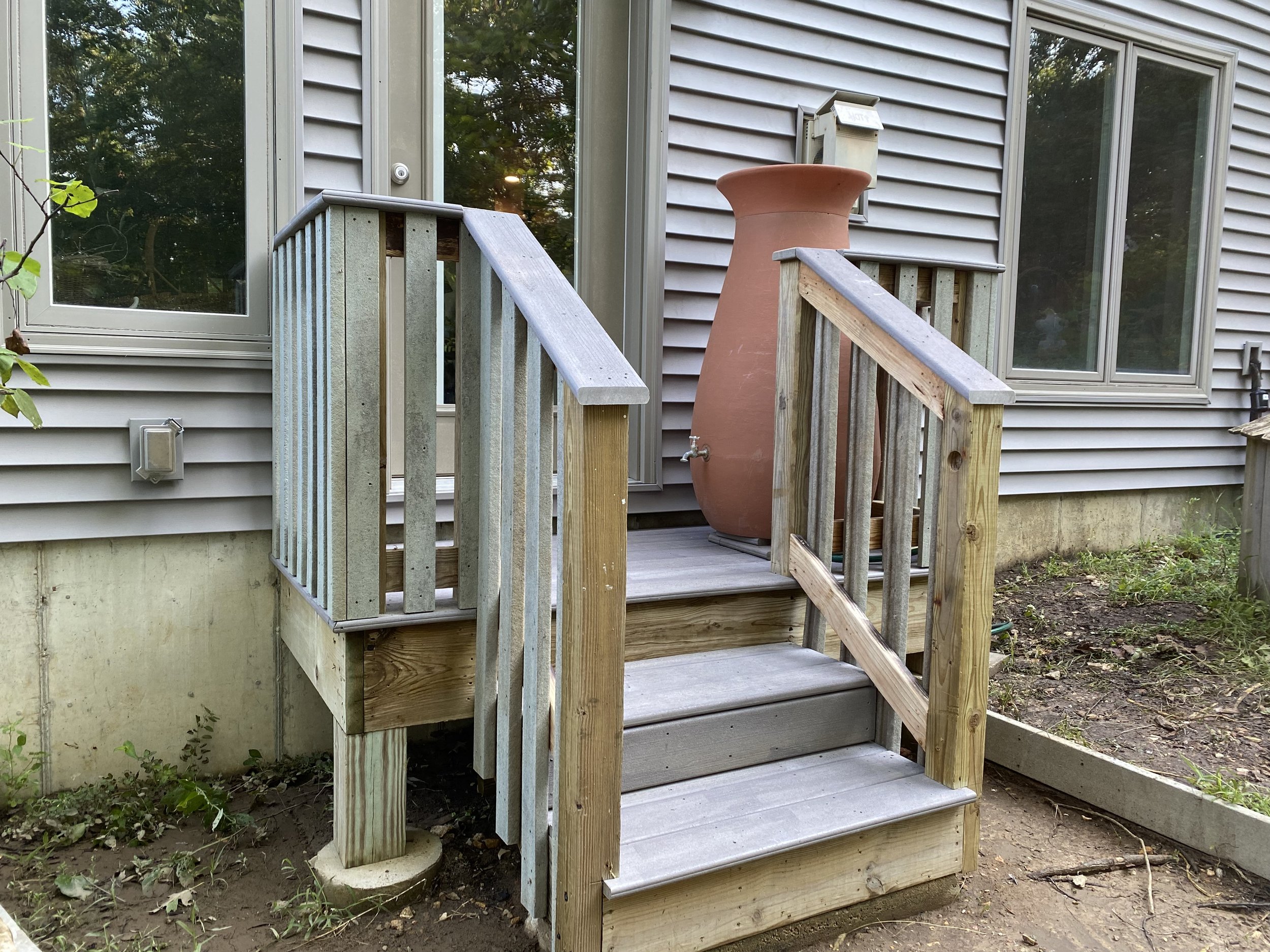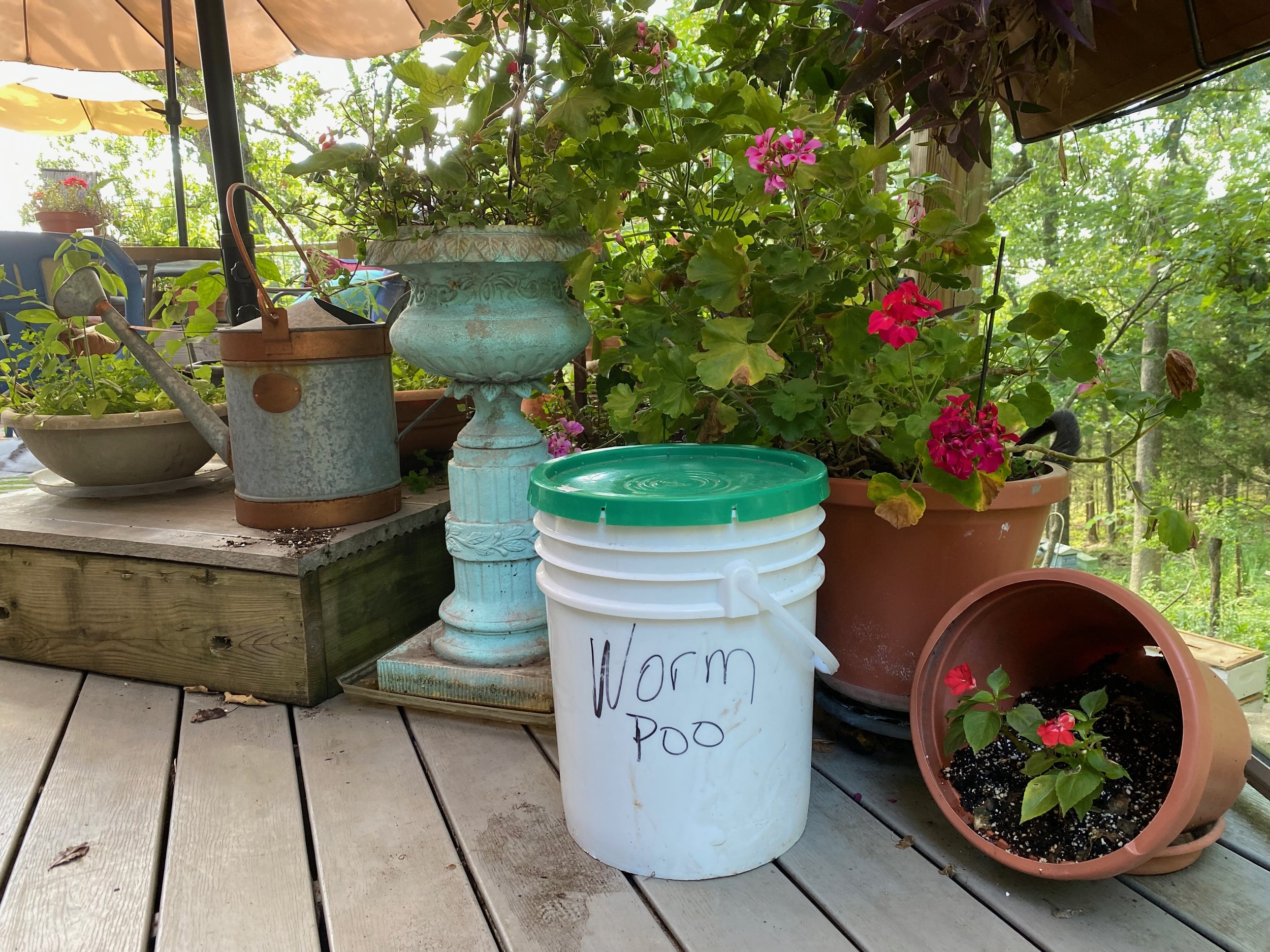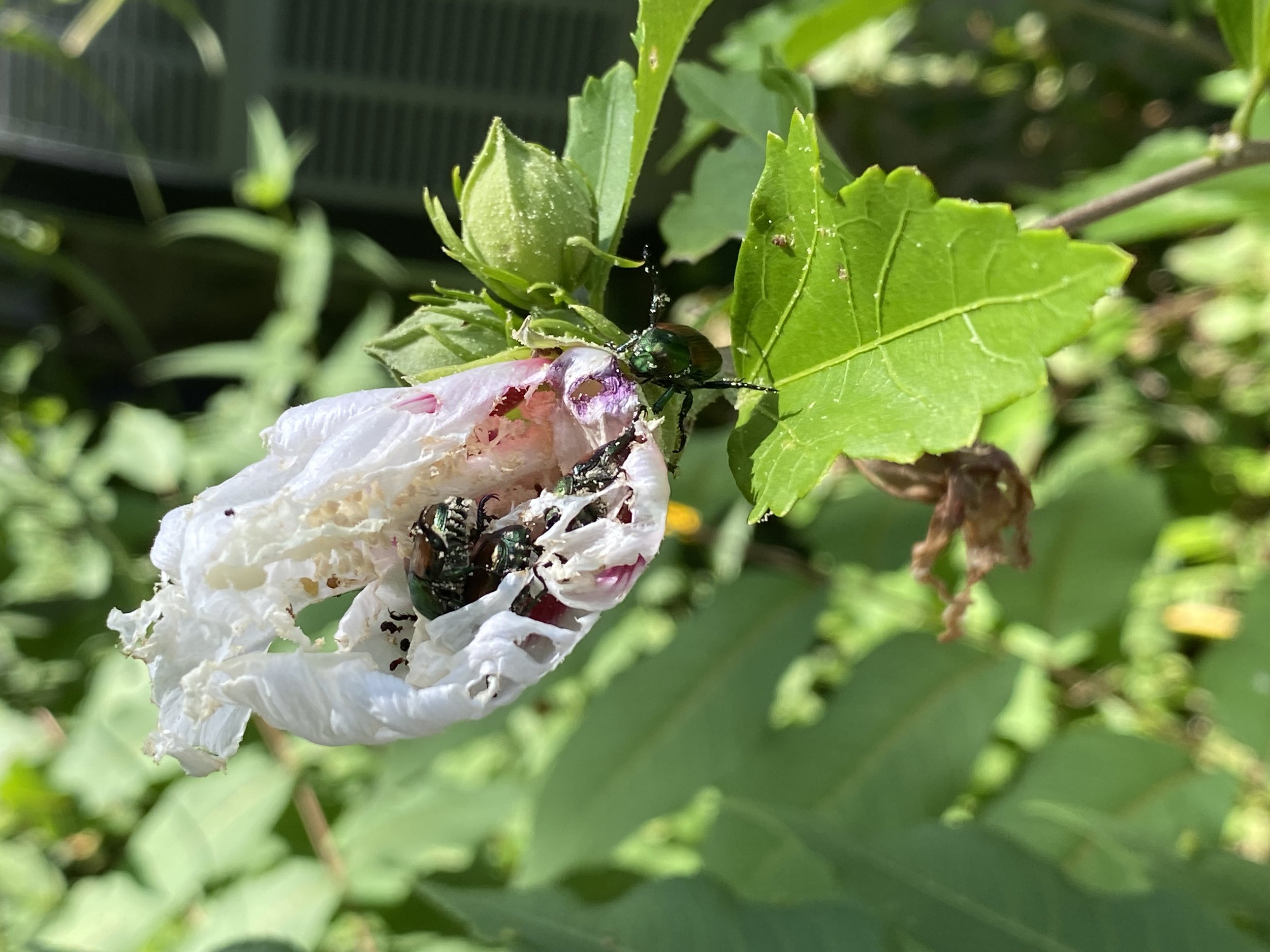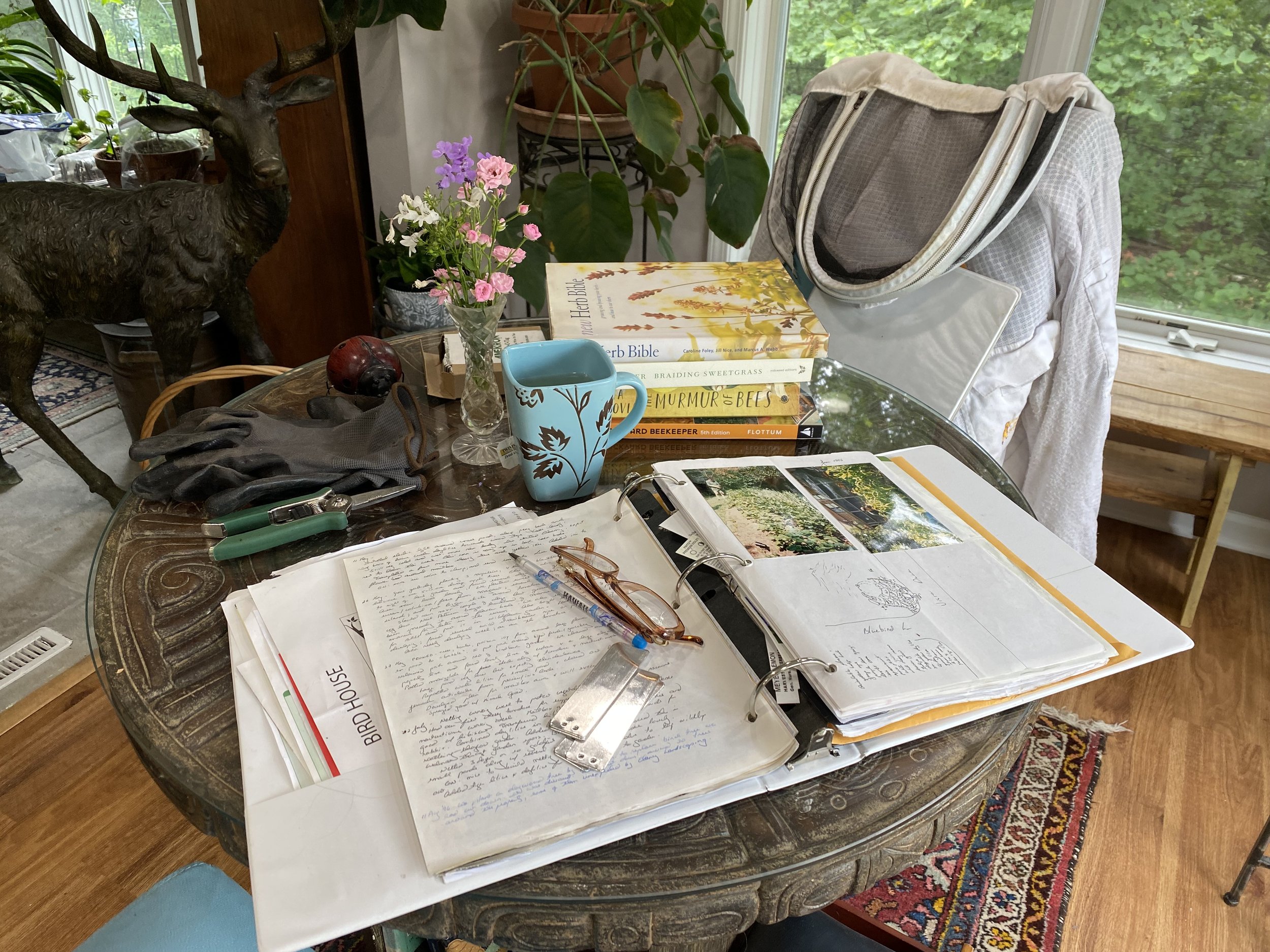Wisteria Fences
/Wisteria blooms are lovely and often associated with southern porches. (Photo by Charlotte Ekker Wiggins)
Wisteria Fences
Over the years I have dreamed of having a blooming wisteria growing over - well, anything. I grew one at my former house but we left before I saw much growth.
When I was visiting Turin, Italy, we enjoyed a gelato under a huge arbor covered by centuries old wisterias with huge trunks the size of my oak trees. The flowers also remind me of bluebonnets.
Then I started to see articles about wisterias being invasive and unwelcome. The invasive problem is not an issue on my limestone hillside, the lack of top soil slows down a lot of rapid root growth. The fact that they were not welcome in landscapes gave me pause. I have two of them sitting in pots in my nursery, waiting for their permanent home.
According to the Old Farmer’s Almanac, Wisteria is a long-lived vining plant with cascades of blue to purple flowers that look spectacular hanging from a pergola or archway in spring and early summer. This vine is a fast and aggressive grower—often reaching 30+ feet long—and is known to grow quite heavy.
Wisteria vines will work their way into any crook or cranny they can reach, so it’s advised to not plant them too near to your home.
Wisteria flowers are beautifully fragrant, providing a feast for the senses. After flowering, a brown, bean-like pod stays on the plant until winter. Blooms only appear on new growth.
All parts of the wisteria plant contain substances called lectin and wisterin, which are toxic to pets, livestock, and humans. These toxins can cause anything from nausea and diarrhea to death if consumed in large amounts.
As I was driving away from a friend’s house, I spotted these wisterias, only they have been trained as a living fence.
Trained as they grow, wisteria can work well as a fencing hedge. (Photo by Charlotte Ekker Wiggins)
Wisteria can easily be shaped, something someone in this neighborhood has carefully worked on over the years.
There are a couple different species. Chinese wisteria (Wisteria sinensis) and Japanese wisteria (Wisteria floribunda) are not native to North America and are considered invasive species in some states. The native wisteria species, American wisteria (Wisteria frutescens) and Kentucky wisteria (Wisteria macrostachya), are great alternatives to the Asian species. That reminds me, I need to check which ones I have in the nursery.
Asian wisteria are aggressive growers with fuzzy seed pods, while North American wisteria are not quite as aggressive in their growing habits and have smooth seed pods and fruits, as well as more-or-less cylindrical, bean-shaped seeds. Another difference is that American and Kentucky wisteria’s flowers appear after the plant has leafed out in the late spring, whereas the Chinese wisteria’s blooms appear before its foliage.
Plant in the spring or fall in full sun. Though wisteria will grow in partial shade, it probably won’t flower.
Plant wisteria in fertile, moist, but well-draining soil. If your soil is in poor condition, add compost; otherwise, wisteria will grow in most soils.
The recommendation is to choose a site away from other plants, as wisteria grows quickly and can easily overtake its neighbors.
Wisteria is also known for growing onto (and into) nearby structures, such as houses, garages, sheds, and so on.
The trunks don’t grow straight but then they don’t have to. (Photo by Charlotte Ekker Wiggins)
The bottom of these wisteria bushes have strong trunks, a result of trimming back the growing vines.
The trunks grow very artistically in the center. (Photo by Charlotte Ekker Wiggins)
I love the idea that there is yet another practical way to incorporate this beautiful flower into a garden.
And one more look at the lovely wisteria flowers. (Photo by Charlotte Ekker Wiggins)
I haven’t decided yet what to do with my two potted wisterias, I’m still thinking I want them growing over a pergula of some sort. But using them as fencing is sure a nice second choice!
Charlotte









